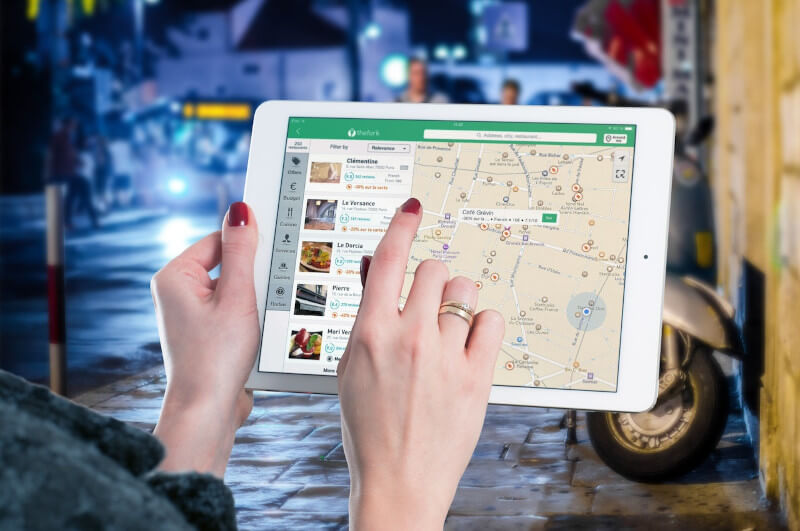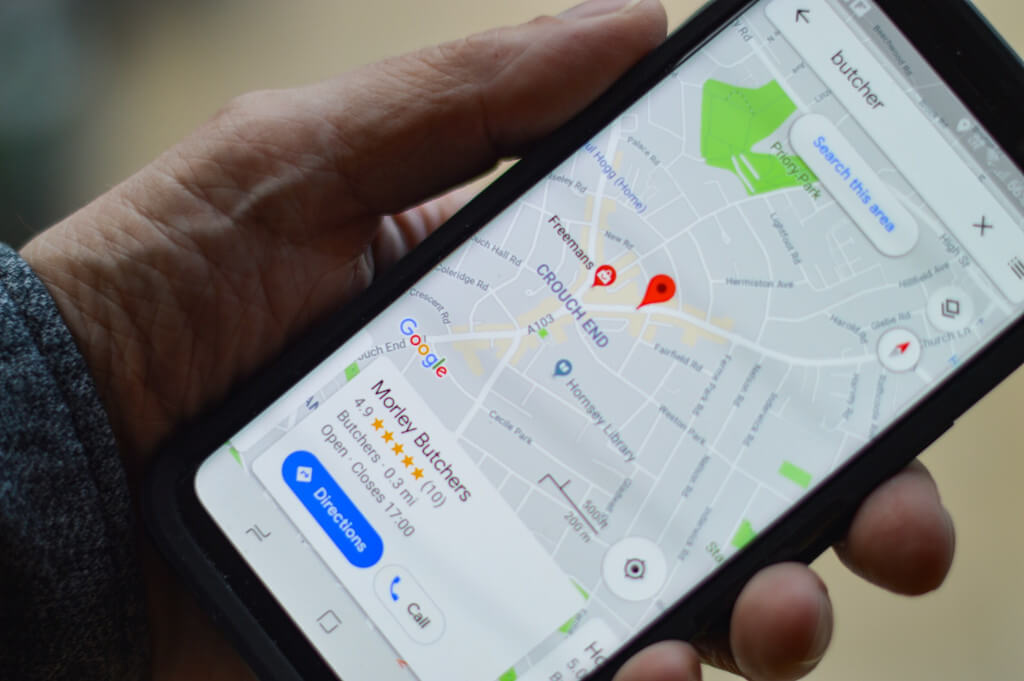It’s easy to lose sight of the finer points in the sea of site design and digital marketing. One such gem that is altering the SEO landscape is geotagging, which is particularly useful for companies with both online and offline presences. Understanding the mechanisms that connect the real and virtual worlds is becoming increasingly important as technology becomes more ingrained in our daily lives. This is when geotagging comes in handy.
Understanding Geotagging
Geotagging is the process of adding location information (such as latitude and longitude or even an address) to digital files. A digital compass that helps direct your content towards the right people may sound like a novelty at first, but it’s actually rather useful.
Let’s say you run your own cafe. If you geotag your business, it will be more likely to show up in local results when people look for “cafes near me” or “café” in general. This is especially the case if they have location services activated on their mobile device.
But why is geotagging becoming more and more important in the world of search engine optimisation? Search engines work hard to provide relevant results as quickly as possible. Search engines can provide extremely pertinent results by taking into account the user’s location. Simply enough, geotagging helps search engines give more relevant results to consumers.
The Growth of Mobile Search and Geotagging
These days, we can’t imagine life without our mobile devices. We use them for everything from keeping up with current events to finding a place to eat or visit. The importance of optimising for mobile search has only increased as the majority of internet searches have shifted to mobile devices.
When someone conducts a search on their mobile device, their location is often transmitted along with the query. That’s right; you may now ask questions beyond “where’s the nearest bookstore?” and have them answered by a search engine. Rather, you should be asking, “Where is the closest bookstore to me?” This degree of detail is absolutely crucial.
This is a tremendous opening for commercial enterprises. By using geotagging, they can guarantee that local users will have access to their digital material (such as a website or a promotional video). What this means for users is improved speed and precision when searching for the goods and services they require.
Web Designer’s Take on Geotag Setup and Optimisation
Adding geotags to a website may seem like a stretch for a web designer. Even yet, knowing geotagging is crucial as the lines between design, functionality, and optimisation continue to blur. How about we break down the first steps:
– Geotagging Fundamentals Adding meta tags to a page’s header is the essence of geotagging. Create these tags automatically with the help of a tool like geo-tag.de. Providing your location details is all that’s required.
Enhance Visual Content, Please: Businesses that rely heavily on visuals (such as restaurants or art galleries) can benefit greatly from geotagging photographs. You can edit an image’s EXIF data (which contains location info) with a number of different programmes.
Connectivity to Google My Business While this isn’t really geotagging, it can greatly assist local SEO efforts if your geotagged material matches your Google My Business page. This is because Google uses these references to verify a company’s credibility.
Important: Be Consistent Consistency is key in search engine optimisation. Verify that your site’s geotags correspond to the information used for your location on all other websites.
Geotagging Implementation Tools

Geotagging, the digital equivalent of a compass, is already deeply embedded in the practises of enterprises of all sizes. GEOtagging is a behind-the-scenes hero that helps connect online content consumers with businesses in their immediate vicinity. How, though, does one go about incorporating this robust capability? As with most things in the digital realm, there are tools available to help. To help you get started with geotagging, let’s look at some of the best tools available.
The Importance of Geotagging Tools
To begin, it’s important to realise that geotagging isn’t a cookie-cutter answer. The method of geotagging can change based on the content’s kind and the platform it is hosted on. Therefore, a set of tools designed for certain jobs is required.
Geotagging Software for Online Material
Geo-tag.de: Geo-tag.de is a handy online application that creates meta tags for websites, ideal for people just getting started with geotagging. Enter your location details, and it will spit out the appropriate tags for you to drop into your website’s header.
GeoSetter: Don’t be fooled by the absence of a price tag on this helpful resource. GeoSetter is a geotagging viewer and editor that syncs with Google Maps for pinpoint precision. It’s a brilliant answer for rookies and gurus alike.
Yoast’s Local SEO: Yoast Premium, while primarily an SEO tool, also includes local SEO features. Helpful for companies who want to rank higher in local search results, it facilitates the process of creating and optimising geotags.
Geotagging Applications For Media
A Pilot for Exif: Exif Pilot is unparalleled in its ability to geotag photographs. EXIF, IPTC, and XMP data (including location information) can be viewed, edited, or deleted with this programme. It’s easy to use and compatible with a wide variety of file types.
GPicSync: It can be a hassle to sync photographs with GPS data, but GPicSync makes it easy. Using a GPS log file, this free software automatically updates the EXIF data of your photographs with geolocated coordinates.
Panorado Flyer: In the field of panoramic photography, Panorado Flyer may prove to be an indispensable tool. It connects with Google Earth to let viewers “fly” to the location captured in the snapshot and correlates photos with geographical data.
Geotagging Video Software
MyGeo: For geotagging video, this programme is fantastic. With the help of MyGeo, users may annotate their films with location information, making them easier to find. It’s like search engine optimisation, but for the geographical reach of your videos.
DashWare: DashWare is great for individuals who want to create sports videos for a more specific audience. It adds useful information for viewers by incorporating telemetry data (such as speed, distance, and of course location) into films.
All-Inclusive Geotagging Platforms
Mapbox: Mapbox provides a variety of services beyond only geotagging. It’s an end-to-end answer for companies who care about their regional digital presence, from map design to content embedding using geotags.
Geotag Photos Pro 2: As a modern-day answer, this app can transform your mobile device into a powerful geotagging tool. It’s perfect for travellers because it automatically records your location whenever you take a picture or record a video.
The value of physical location is increasing in the digital world. Users today want hyper-specific, hyper-local, hyper-relevant results, not just any old results. In today’s hyper-localized digital age, geotagging is no more just a useful tool for businesses; it’s essential to their survival. These resources can serve as a map to geotagging success, whether you’re an aspiring photographer, a business owner, or a web designer hoping to improve a site’s local search engine optimisation.
Web developers and online marketers alike now consider geotagging a necessary component of their work. With localised and personalised search results on the rise, businesses who understand and employ geotagging will stand out from the competition and attract more customers. Give geotagging the respect it deserves the next time you’re working on a website redesign or an SEO plan.



